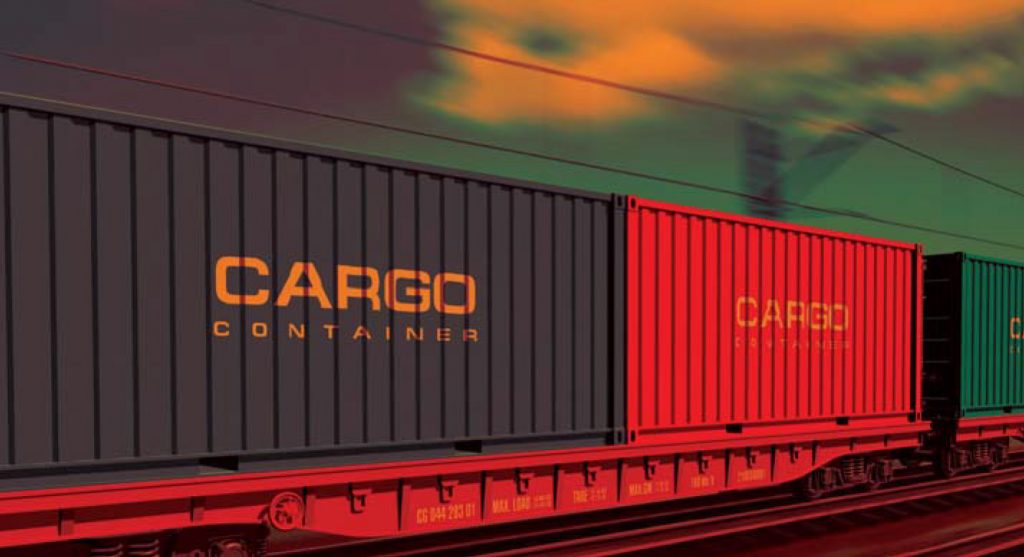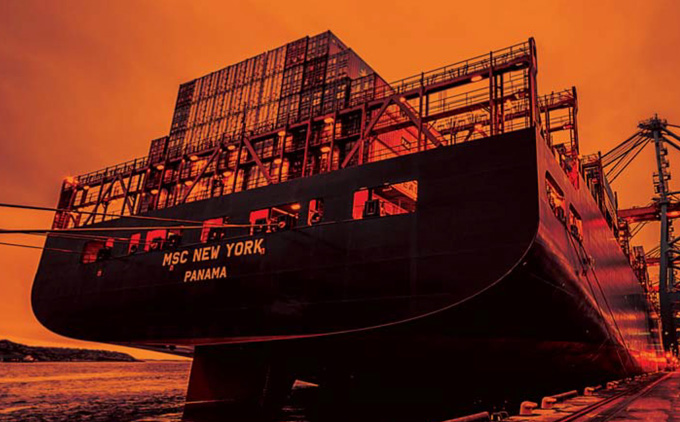The need to reverse long-term trends that have damaged the environment and contribute to increased CO2 and global warming is widely understood and providing a showcase in which IoT solutions can demonstrate the value they can deliver. George Malim, the managing editor of IoT Now, assesses how IoT is enabling the next wave of green transport
Dirty industry tries to clean up
Transport is undeniably an industry that can contribute to a greener planet. Lingaro Group has reported that, depending on which statistics you use, road transport is responsible for 10-15% of all CO2 emissions into the Earth’s atmosphere. This is borne out by European Commission figures that suggest global freight transportation is increasing every year and it is set to grow by 60% by 2050. This means the transport sector will have to run fast to stand still and this won’t be enough. Governments expect to see a 45% reduction in CO2 emissions in transportation by 2050 and this is enforced by the Paris Agreement, which sets out CO2 reduction targets. Figure 1 details the current trajectory and how this must change to reach global warming reduction targets.

With so much to achieve, it’s no surprise that transportation and mobility have been identified in Figure 2 as second of the Top Ten IoT Application areas in 2020 by analyst firm IoT Analytics
With so much to achieve, it’s no surprise that transportation and mobility have been identified in Figure 2 as second of the Top Ten IoT Application areas in 2020 by analyst firm IoT Analytics. Transport has always welcomed innovation and telematics technologies formed the bedrock of M2M. This is because efficiency and cost gains are easy to understand and clear to identify within the transport sector. However, transport is not a single industry. It extends from giant container ships to last mile home delivery robots and encompasses everything in between from air freight to local delivery vans, rail cargo and, of course, passenger transport. There are common threads: each involves massive volumes of items or people in transit and mobility is inherent.
The heavy lifting
It’s well understood that long range cargo transport needs to optimise by reducing reliance on fossil fuels and operating efficiently by ensuring full capacity of transport loads. One example taken from the past is the New Silk Road railway that extends from China into western Europe. With several thousand trains running each year and trains typically covering more than 1,000km each day, this route provides a more direct, faster option that traditional sea transport. Significantly, full electrification – with electricity provided from renewable sources – could vastly reduce this type of payload’s environmental impact.

This is also an example of incremental gains. Rail can reach deep into the hearts of cities while sea transport can only dock at ports that can accommodate large container ships before transhipment is required. This causes delay and adds cost but also has a CO2 footprint that can be addressed by rail. This is not to suggest that sea transport will end but to emphasise that new opportunities to optimise for specific types of freight are emerging.
Continue reading in IoT Now free digital magazine |











